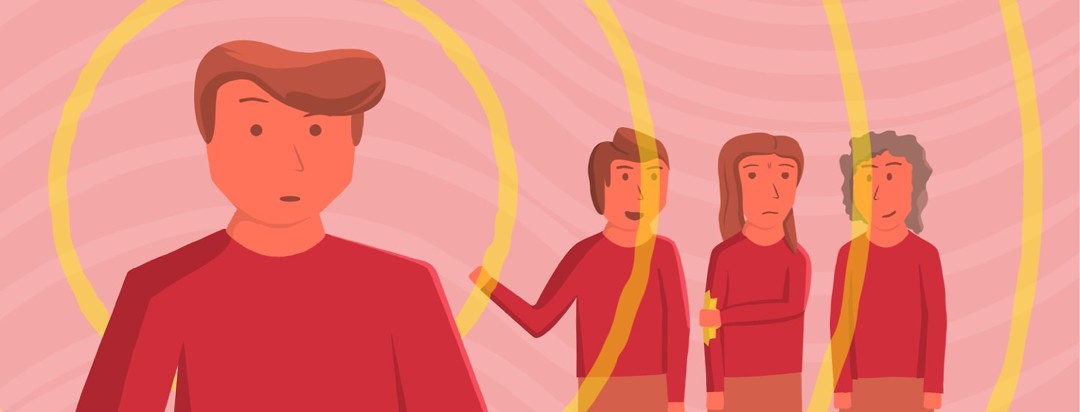RA-dar
Yes, I do believe that after 25 years with RA I have developed an ability to sense when someone I am around has RA. I call it RA-dar.
I certainly did not have this instinct for many years. But after being around other folks with RA in a variety of settings, I often can see/feel/hear and, just simply, sense when another person has RA.
Observing the subtle signs of RA
I certainly did not feel that when I was initially diagnosed. In fact, I felt like I was the only one in the world with this disease and it felt lonely and isolating.
I even asked my rheumatologist if there were others I could speak to who might be able to give me some support, answer questions, etc. He told me there once was a support group in our little town in Vermont, but no longer.
Engaging with my support group
That got me to thinking that maybe I should try to start one. I did just that and met more than a dozen other people who had RA and we enjoyed our support group meetings for nearly 10 years until I moved away last year.
Being around these wonderful, caring people from so many different walks of life certainly honed my ability to sense if someone had RA.
Chatting with newer patients
In addition, my rheumatologist asked me if I would be willing to be available to chat with any of his new patients who might be looking for someone to just talk to. I was happy to do it and honored he felt comfortable asking me.
I think over the next 15 years or so, I likely spoke to about 20 people - some for a very brief conversation, others for much longer, even meeting in person with several. I learned that each person has their own individual way of coping with RA and there really is no right or wrong way to proceed.
How does my RA-dar work?
Both of these experiences, as well as simply managing RA for 25 years, have contributed to what I believe is my RA-dar. So how does it work?
Many signs of RA aren't as apparent
Well, as treatments have improved the outward signs of RA have diminished to some extent. There was a time when the deformity of RA patients’ hands and feet made it more apparent. Although that is still an outcome for some folks, it is not for many others.
The same goes for the gait often seen with people whose mobility was dramatically affected by RA and who had not yet, or ever, had joint replacements. Again, with the improvement in treatment and earlier diagnosis these days, this is less common.
Many symptoms aren't apparent
All of that said, this means that there must be other signs of RA. I do believe there are. I think there is a kinship that is apparent from the moment you meet someone who has RA. I can recall numerous instances when I was somewhere and I just “felt” that the person I was talking to had RA. Hard to explain to some degree but true nonetheless.
Maybe it is the way we stand and move about in a setting, never able to stand still or sit for long periods without needing to move our joints. I can observe in others. Maybe it is the fatigue we often carry in our eyes and bodies. I can see that in others.
Maybe it is the way we sometimes, quietly and without even realizing it, massage our hands or other joints. I see that and almost immediately wonder if that person has RA. Sometimes I spot nodules on a person’s joints and that is a tell-tale sign for sure.
This instinct has been a blessing
In the end, this instinct has been a blessing for me. If I sense that someone has RA and I am in a place where I can privately inquire, I have had many wonderful encounters, some leading to lasting friendships. I never ask unless I am fairly sure, but even if they do not have it, it is worth the risk of asking if it leads to a new RA friend.
Nan

Join the conversation